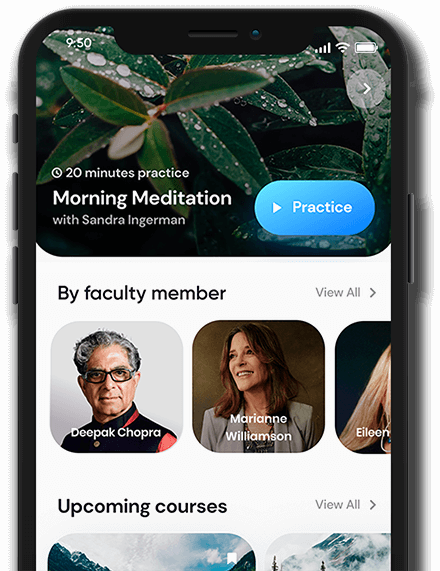This article is for you if you want to contribute to racial healing but are experiencing any of the following:
- A sense of inertia because you don’t know what to do — so you find yourself doing nothing
- Concern about making a mistake during cross-racial interactions
- Fear of engaging in bridge-building and racial healing efforts because you feel unskilled
- A dread of saying or doing something that backfires or makes things worse
Over the many decades that I have been a professional in the field of racial healing, I’ve found that people genuinely want to make a difference — but don’t know where to start. Sometimes that feeling of not knowing results in people inadvertently or unconsciously not acting. I describe this as “letting inertia stop you”—and oftentimes we don’t see that we are stopping ourselves from reaching across races to connect with others.
In these days of racially motivated violence, serious inequalities, and constant “othering” in our country, much needs to be done to dismantle racial divides and take part in and contribute to the possibility of healing them.
I encounter both individuals and organizations that sincerely want to do this work, but they have questions about which steps will be effective and sustainable — and how to engage in a way that considers psychological safety and doesn’t lead to nonproductive fear and friction.
Being uncertain about how to proceed can create inertia — because when we don’t know how to do something we often end up doing nothing.
And, because we know how pervasive, cumbersome, and ugly the race issue is in America, and we believe that one conversation or interaction isn’t going to heal it, we just decide to let it go. Actually, I have been surprised many times to find that one conversation does help with healing. And, building an environment that’s truly conducive to having those conversations is what’s needed.
We owe ourselves and each other the grace and surprising potential of those conversations and interactions, however small and seemingly insignificant they may seem right now — they are the building blocks of a healing pathway.
Depending on where and how we live, sometimes our workplaces are the most diverse, inclusive, and integrated places we inhabit. There are opportunities in meetings, lunchrooms, elevators, and gatherings to reach across to one another. It can be a greeting, a compliment, an invitation, a nod of recognition. If it signals mutual respect, it is building a bridge, even if that feels like a very tiny brick.
I think of this as a collective journey, and I too am on it. It is really important right now for us to think together and do what we can to encourage each other. I see people who care — like you and I — as potential partners who need to keep talking, learning, and forgiving the clumsiness that may result from our efforts.
In a recent podcast interview with a colleague, executive coach Elizabeth Pearson, we recognized together that we need to overcome our uncertainty about what to do and our tendency to second guess ourselves into not acting at all. I suggested listening to our Inner Teacher — that still, small voice of intuitive knowing that supports us as we reach out for one another.
I’ll share my own story from a workshop in the early 90s, before I was professionally trained to do this work. In those days, the assumption was that people were white or black, that the delineation between the two was clear, and that you were expected to fit into one category or the other. The norm was that workshop leaders acted in ways that underscored that mindset.
The workshop itself was intense, yet I found it liberating given that I fully embrace my identity as a Black woman. That said, I became concerned about another woman in the workshop. She had shared that her mother was White and her father Black, and I could tell that she was becoming increasingly uncomfortable in the workshop as time went on.
My Inner Teacher guided me to tell her that her presence reminded me of the struggle I had experienced when I was a teen. The Black Power Movement then had invited — and sometimes insisted — that my peer group stand up not only as being Black and proud, but also to reject anyone with white skin.
“I had refused to do that,'” I told her, because my maternal grandmother had white skin and, although my mother never claimed it, she might be considered biracial today. I also said that if I rejected all white-bodied folks, it would mean that I was rejecting my own grandmother! I stopped and waited for her to respond. And after only a breath or two, she replied, “That’s exactly how I am feeling. This workshop makes me feel that I must choose one part of myself and reject the other part. It feels really unfair, and I just can’t do that!”
We became friends after that weekend. And, I give my Inner Teacher credit for guiding me.
Hear the entire 30-minute podcast here.
